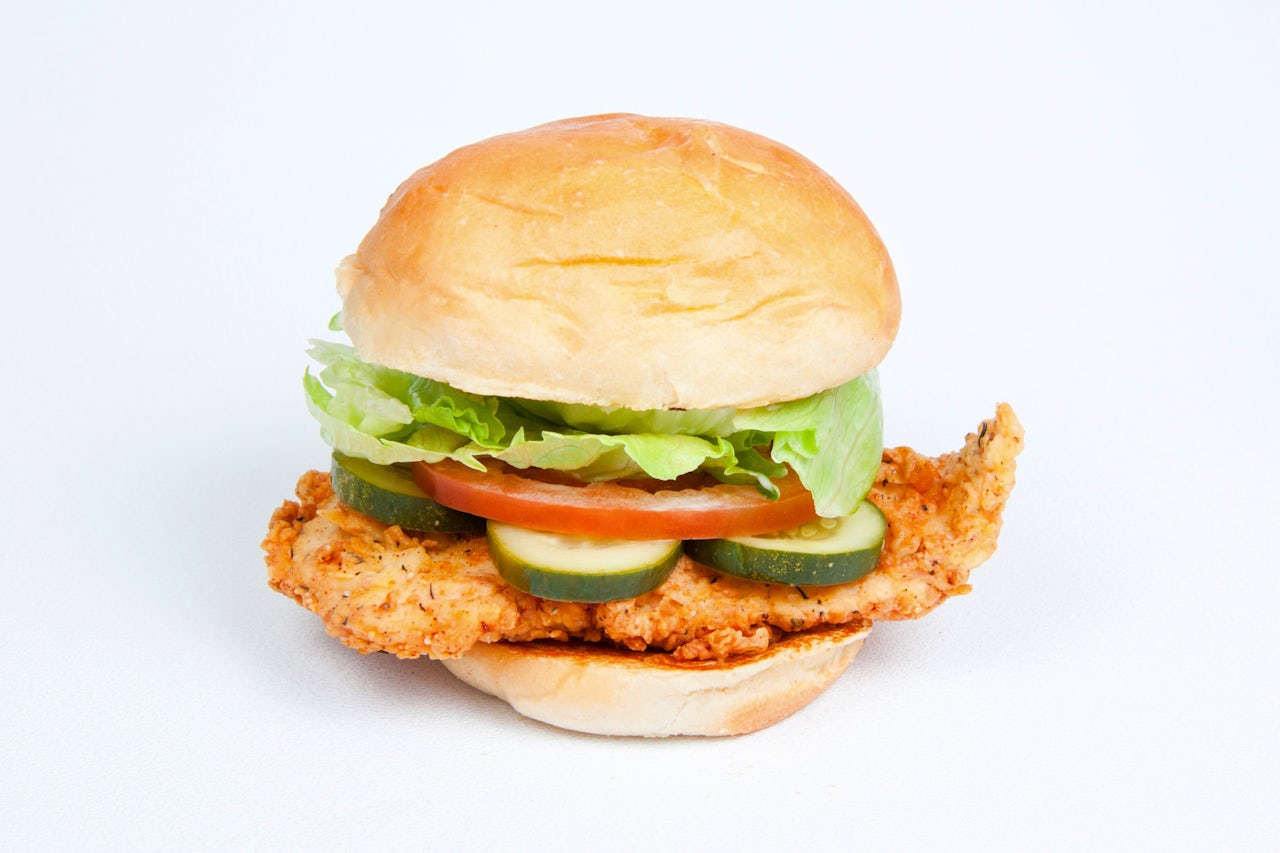San Francisco-based startup Memphis Meats announced this week that it had grown chicken in a lab — chicken strips, to be precise, according to The Wall Street Journal. The strips, which were grown using self-reproducing cells, are technically “meat,” but because the cells were not from an animal, the process by which this “meat” was “raised” is much cleaner, resulting in animal food that has the potential to sate both environmental groups as well as animal rights activists and vegetarians. Memphis Meats says it’s hoping the product is ready for commercial sale by 2021.
The company is part of an ever-increasing horde of Silicon Valley startups trying to solve the complicated problems of the meat industry, which range from cultural ideas about food to industrial and environmental issues to, increasingly, discussions about animal cruelty. A 2012 Gallup poll found that 5 percent of Americans consider themselves vegetarians, although people routinely lie about meat consumption. Still, this represents a fairly steep increase from just a few years ago, when it hovered around 1 percent. And it’s not really vegetarians that lab-grown meat startups are after, anyway: It’s meat eaters.
Netherlands-based Mosa Meats is another company that is focusing on creating lab-grown beef. But Memphis Meats’ focus on chicken might be because Americans now consume more chicken than any other meat, with each adult in the country consuming an average of 90 pounds per year, according to the United States Department of Agriculture. The environmental impact of raising chickens to meet this demand is devastating.
Factory farms such as those owned by Tyson, the largest producer of chicken in the U.S., do not follow environmentally clean practices by almost any standards, polluting local water supplies and using up land and water for feeding. Perhaps that’s because raising each animal quickly and to a weight that is unnatural is a very expensive process. Estimates vary, but small farms say that each bird costs about $40 to raise, while at larger farms it costs about $4 per animal from hatching to slaughter. The cost differential is clear evidence of the harsh methods used in factories. Factory farms regularly give animals antibiotics to combat unclean conditions and increase size; this is commonly attributed as a primary cause of human resistance to the drugs. About 99 percent of animals raised for slaughter in the U.S. come from factory farms, and about a third of the land mass of the Earth is used in raising livestock. More so than chicken, livestock is incredibly inefficient to raise: It takes about 2,500 gallons of water to produce just a pound of beef.
It is surprising then that giant meat companies such as Tyson, which has an annual revenue of $40 billion, would signal an interest in lab-grown chickens, but that is just what it has done. Last December, Tyson launched a VC fund to invest in “meatless meats,” signalling that it sees an opportunity for a cheaper way to make a buck while feeding the masses.
Lab-grown meats are a new frontier in meat replacement, distinct from products meant to taste like meat but are actually plant-based, like most veggie burgers and newer products from companies like Beyond Meat and Impossible Burger, which is made from coconut oil, wheat, and potatoes. If successful, the lab-grown meats will actually be, well, meat. The Memphis Meats chicken strips cost about $9,000 per pound to produce, but they are prototypes, which are expensive to make. When a final product is determined, costs will likely fall dramatically. Companies working on lab-grown meats know that in order for them to be commercially viable, they will have to cost roughly what livestock-based meats cost. And that is the challenge.

